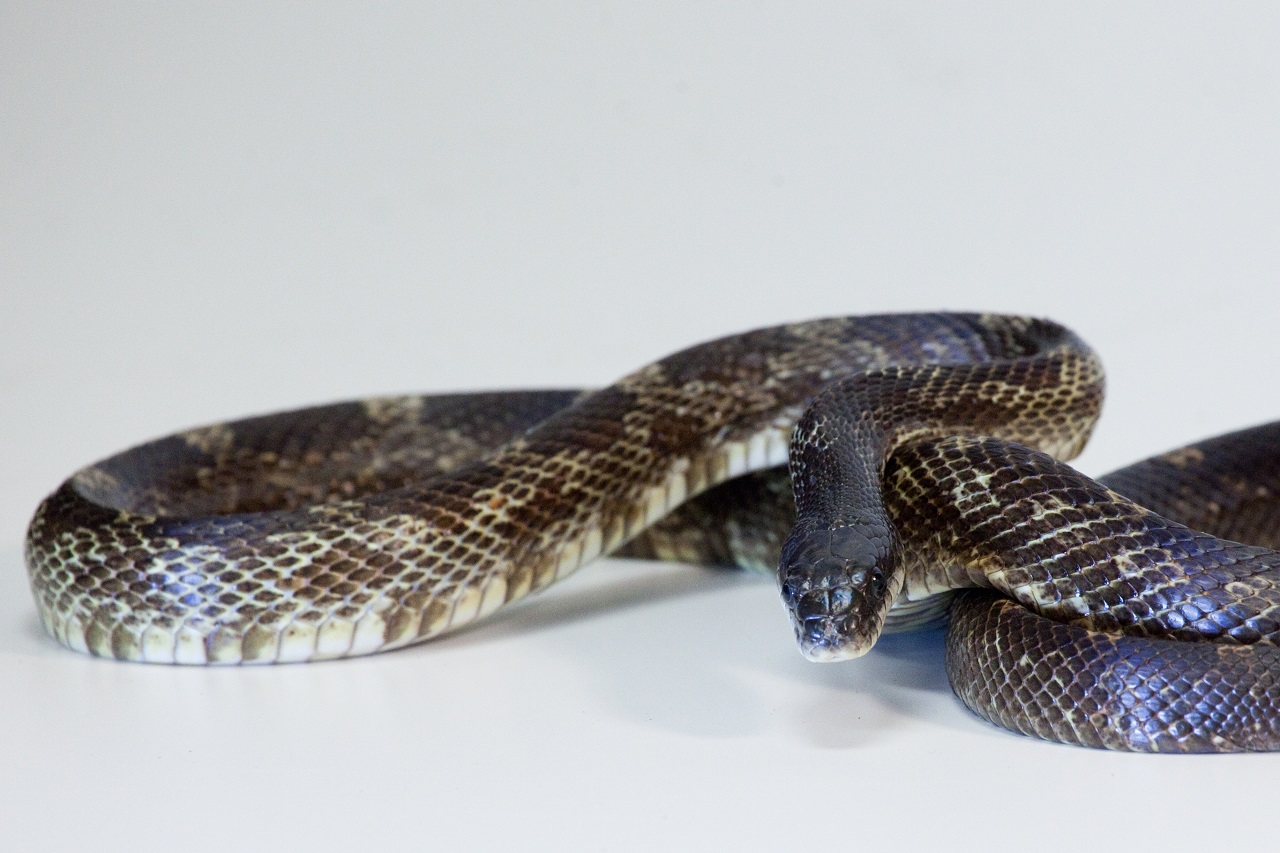Herpetology Identification For Final Exam
1/32
There's no tags or description
Looks like no tags are added yet.
Name | Mastery | Learn | Test | Matching | Spaced |
|---|
No study sessions yet.
33 Terms
Northern Ravine Salamander
Has a brassy-like flecking on its sides and dorsum, a slender body with short limbs compared to its body size, and costal grooves.

Eastern Tiger Salamander
Has a dark-colored body that is covered with splotches of yellowish color, not spots and not in any uniform pattern.
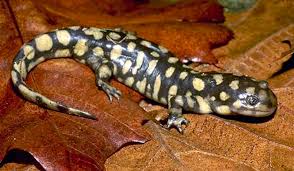
Long-Tailed Salamander
Has a much longer tail compared to its body and compared to the tail sizes of other salamanders within the same family.
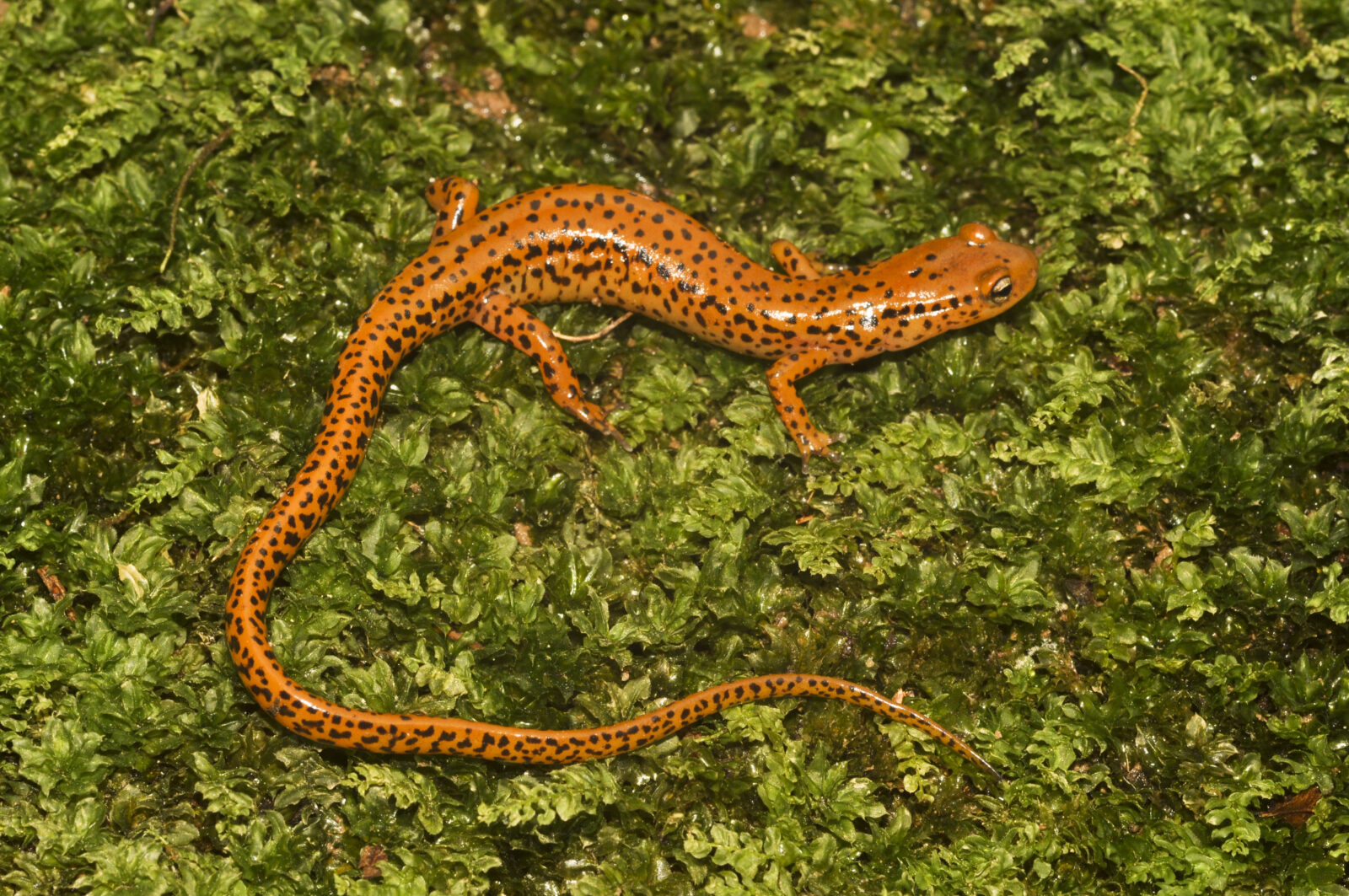
Eastern Red-Backed Salamander
Has a red to reddish-brown colored stripe down the center of its back.
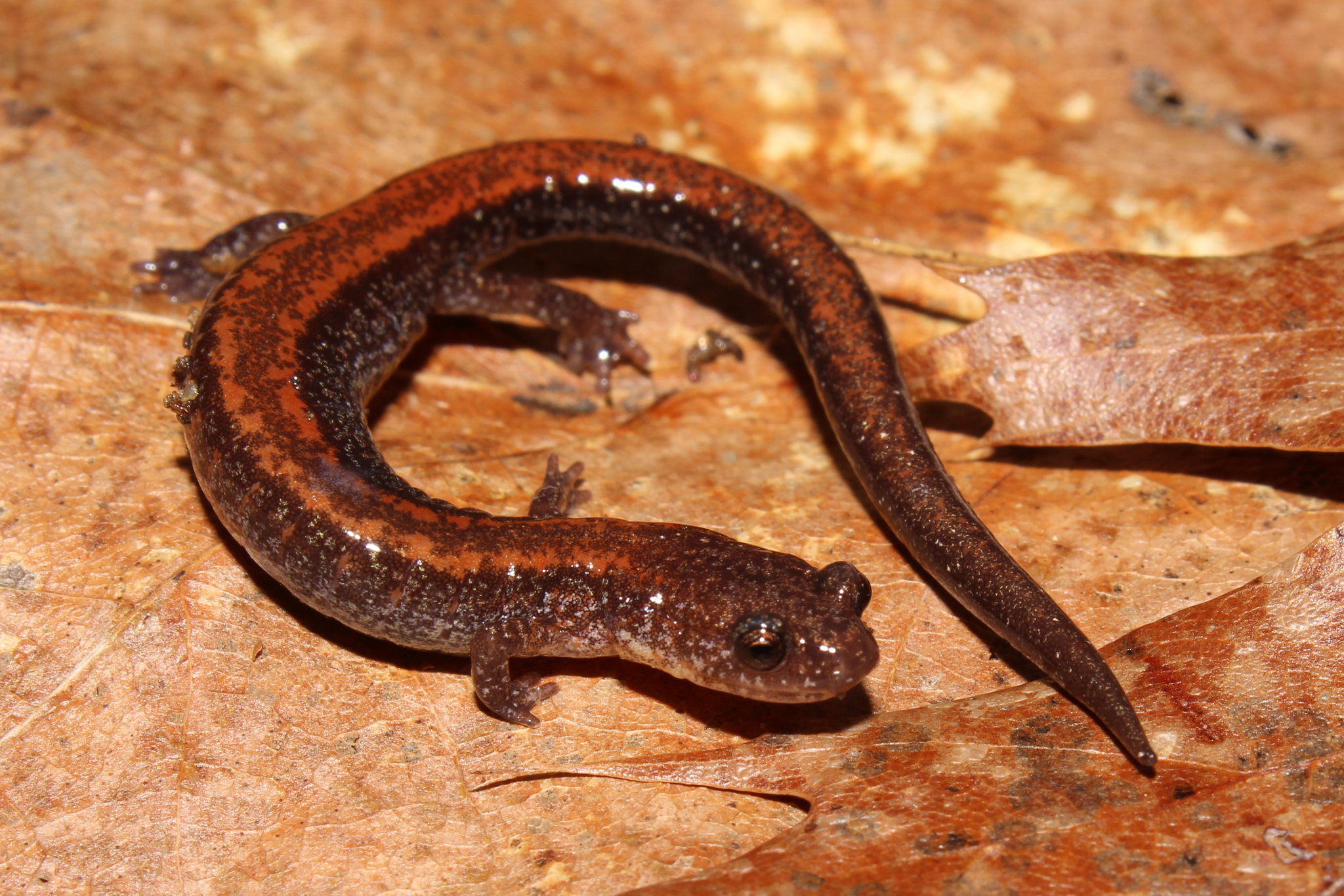
Spotted Salamander
Has a dark-colored body with two parallel-like rows of yellowish spots running down the length of its body.
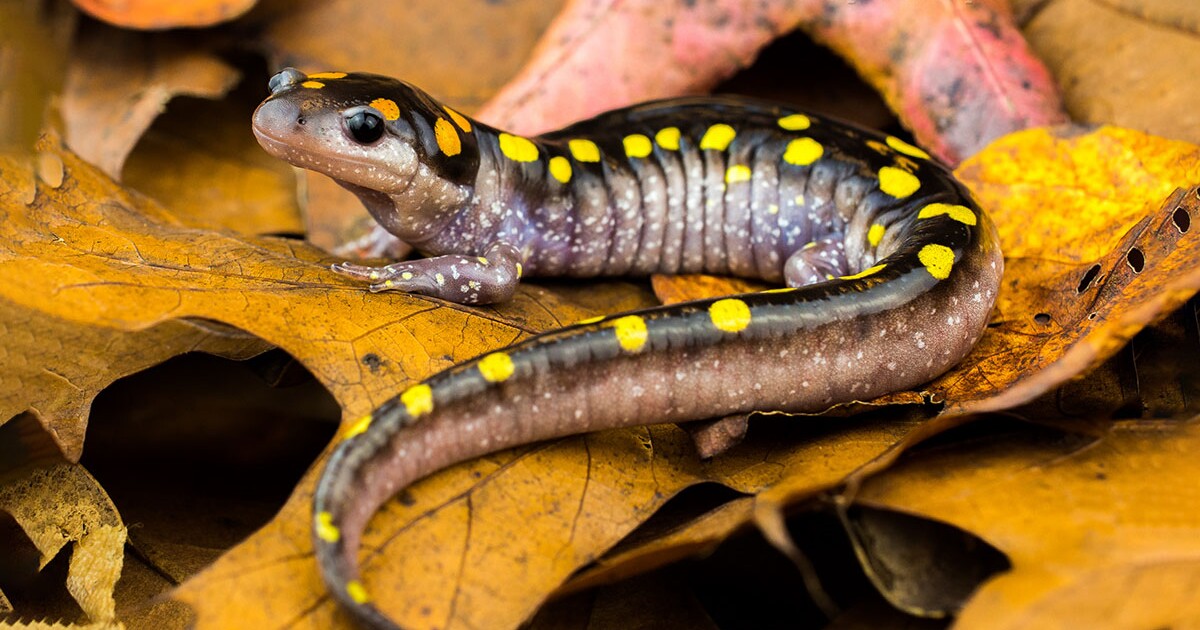
Eastern Red-Spotted Newt
Has reddish-orange spots of coloration outlined by black along its back as well as a bright body coloration overall.
Southern Two-Lined Salamander
Has two distinct, bold lines running down the center of its back in a parallel formation.
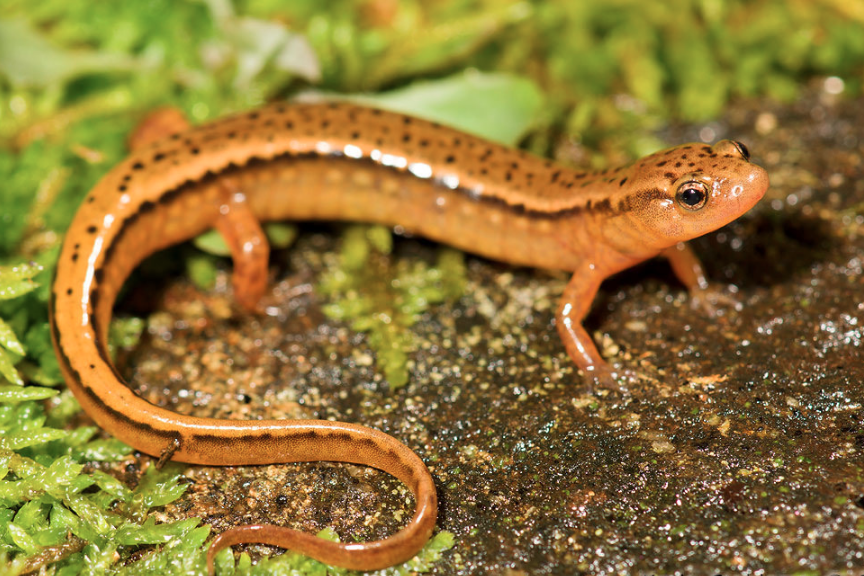
Northern Dusky Salamander
Have a slightly raised ridge along their tail and have remnants of larval dorsal spotting found in a band along the adult.
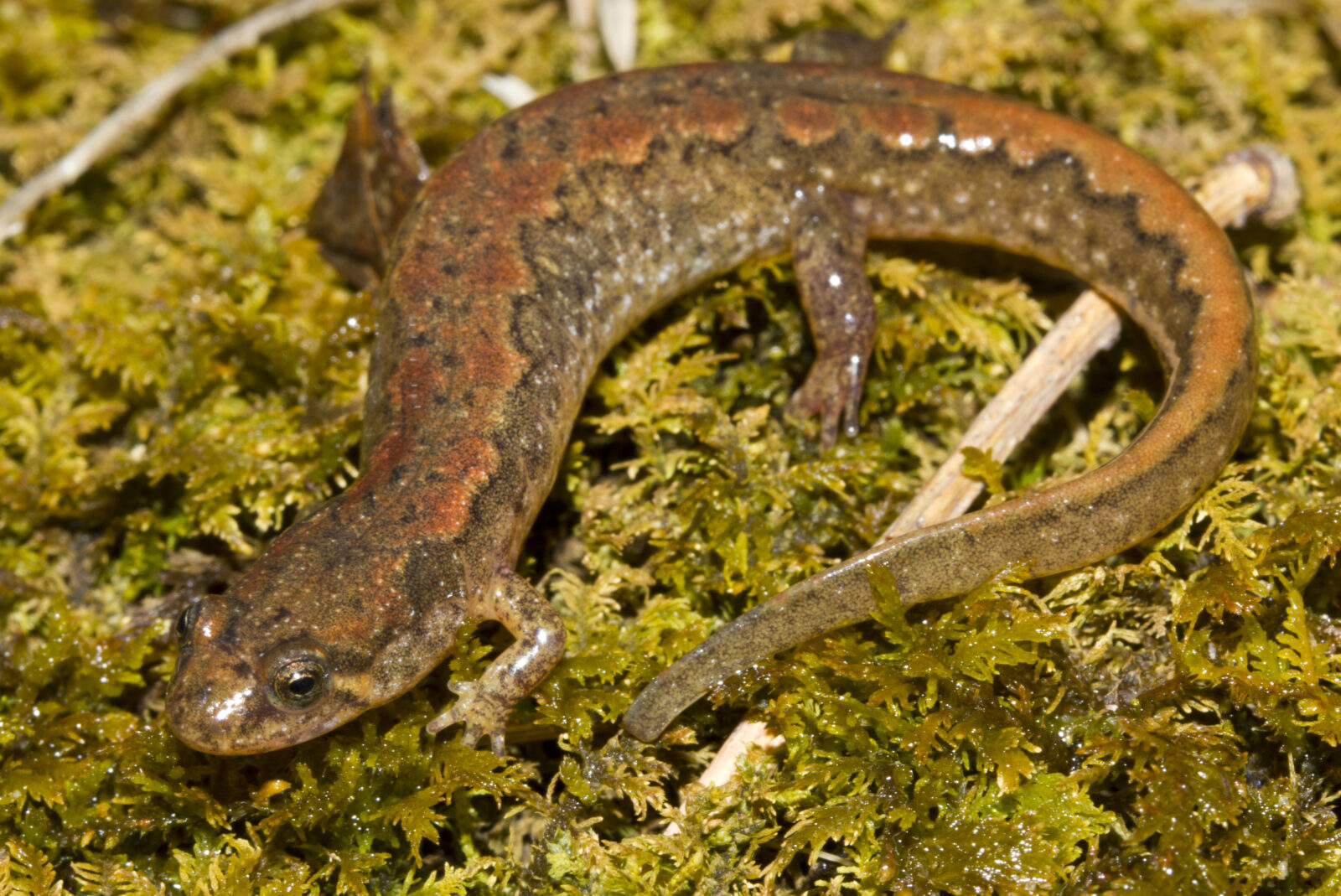
Marbled Salamander
Has a distinctive pattern of white banding along its black body.
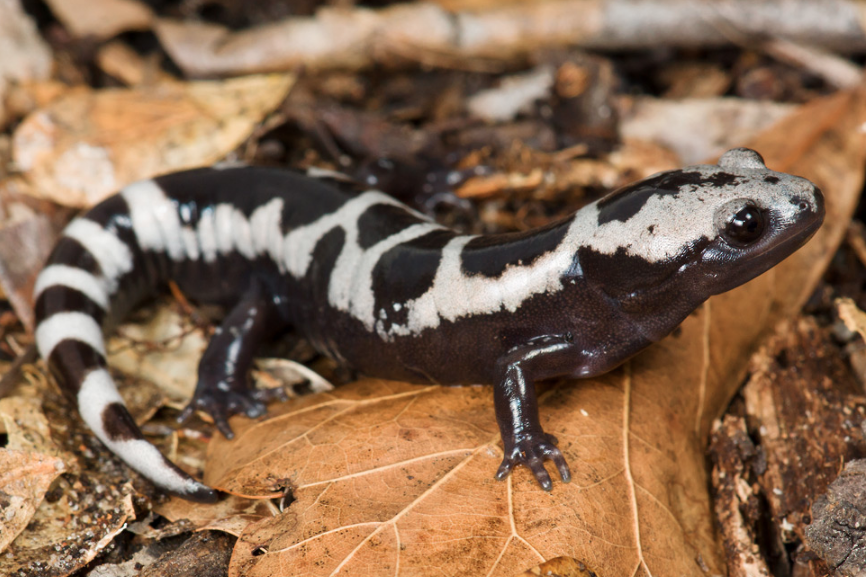
Small-Mouthed Salamander
Has a small head relative to its body size with a compressed snout and has a grayish-black body color overlain with grayish lichen-like patches.
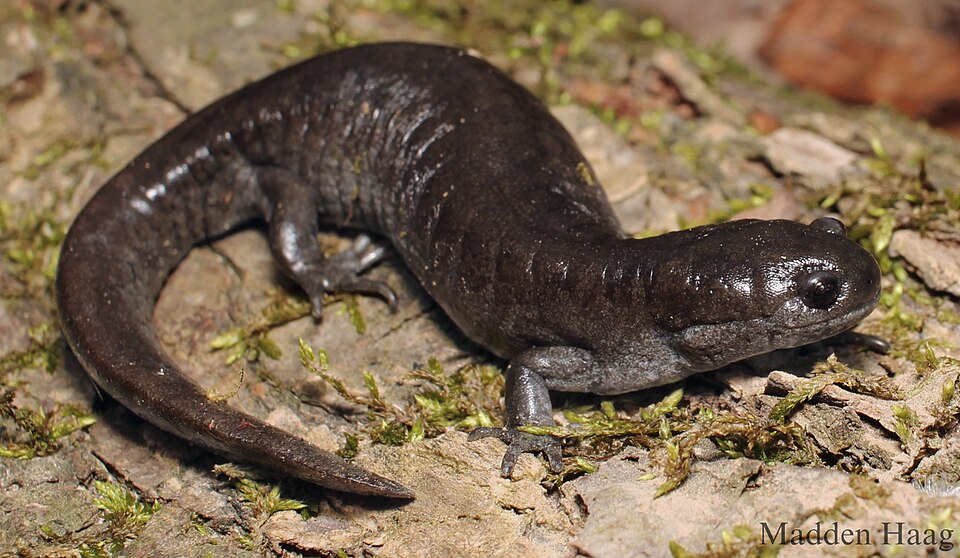
Northern Slimy Salamander
Has a dark-colored body with many small, white spots of patterned coloration.
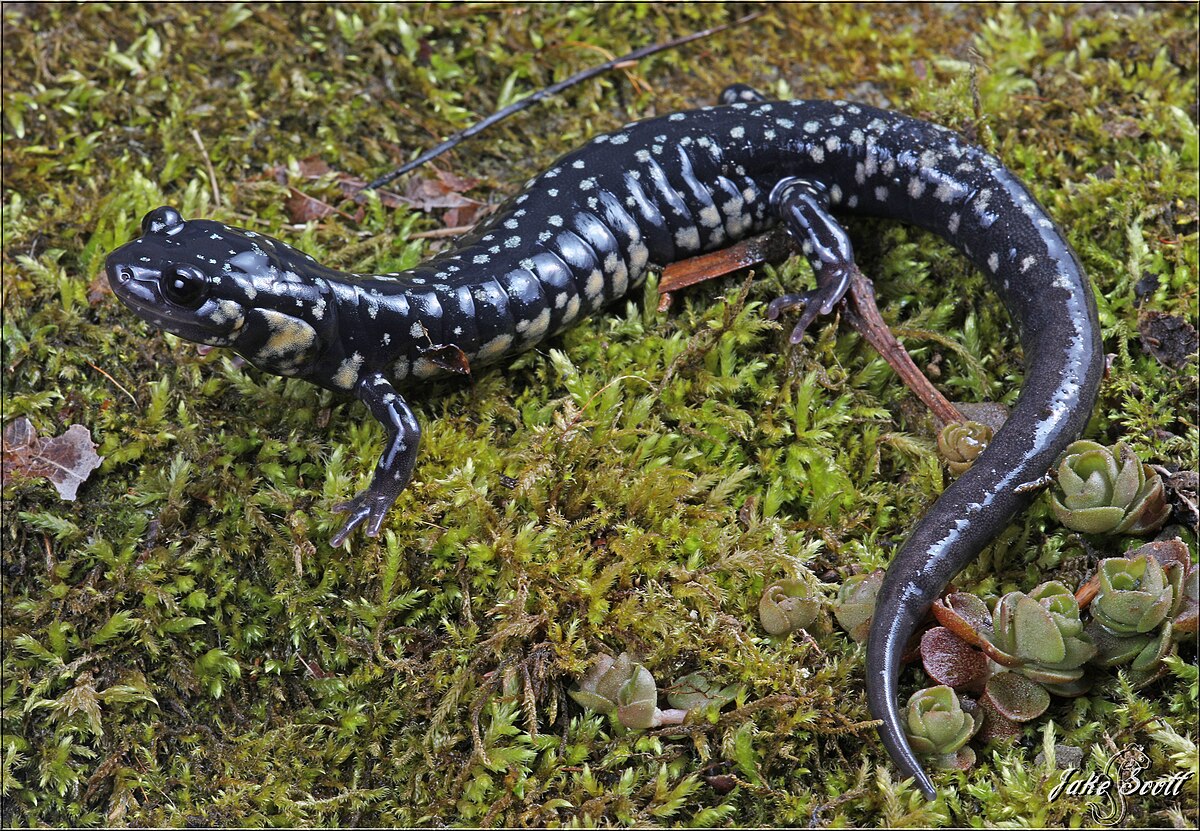
Jefferson Salamander
Has a dark gray colored body with bluish-white flecks along its limbs and underside.

Four-Toed Salamander
Has a vibrant white belly patterned with black spots and has four toes on its hind limbs.
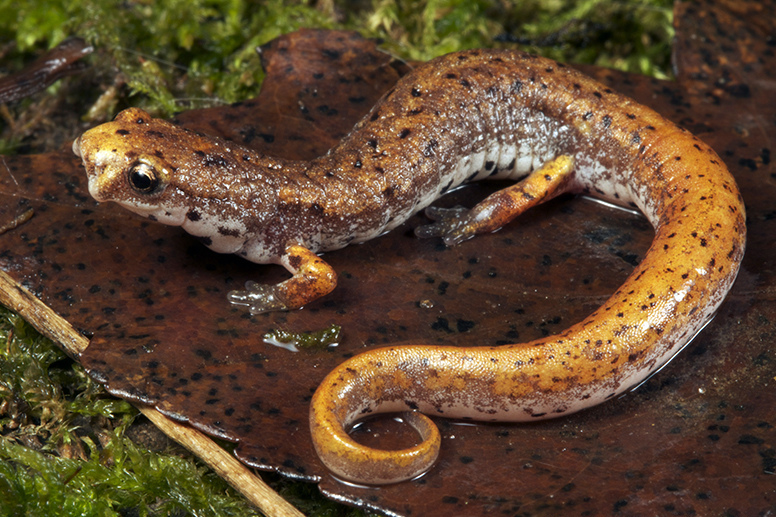
Spring Salamander
Has red feathery gills extending from slits along the head and patches of dark coloration along its body that form no specific pattern.
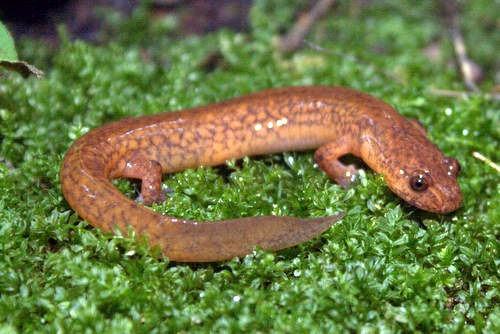
Green Frog
Has dorsolateral skin folds unlike the bullfrog that it is often compared to.
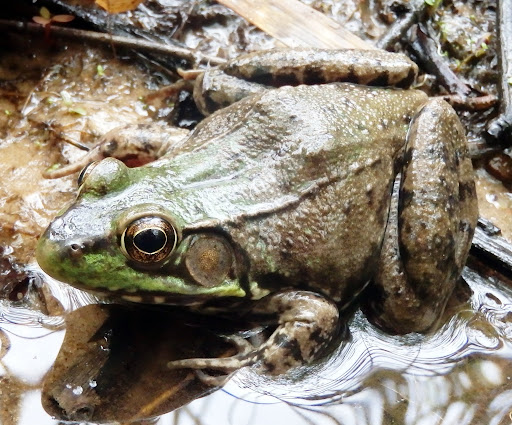
Mountain Chorus Frog
Has dark curved stripes along its back and has a dark-colored triangle underneath their eyes.
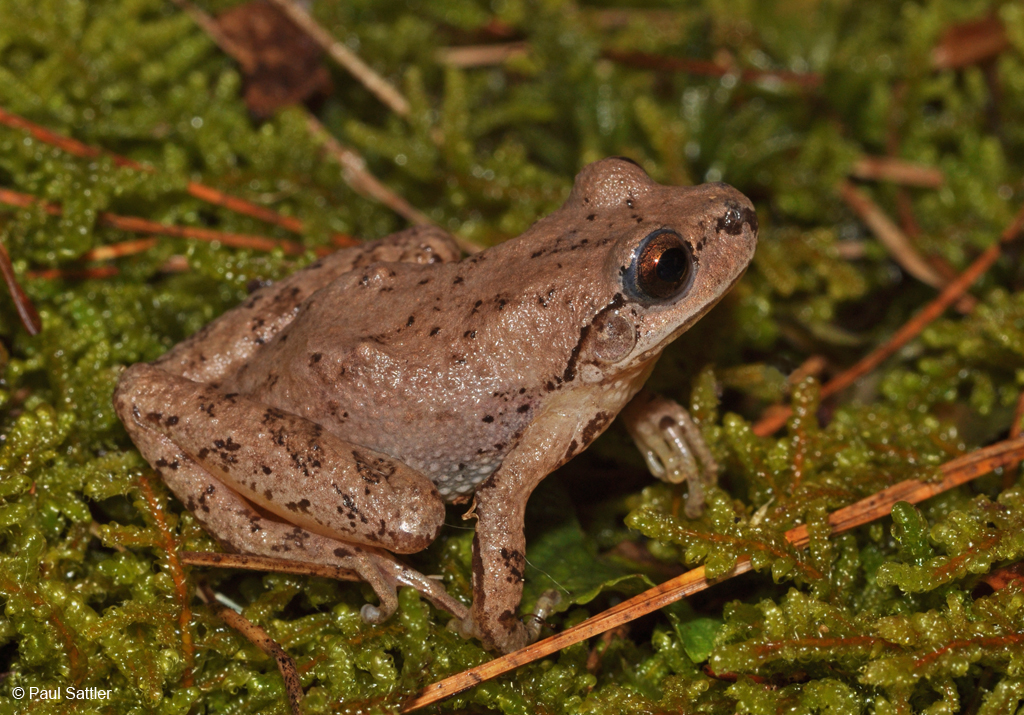
Gray Tree frog
Relatively large size for a tree frog. Light gray coloration with some spots. Toes with sticky discs that allow for climbing.
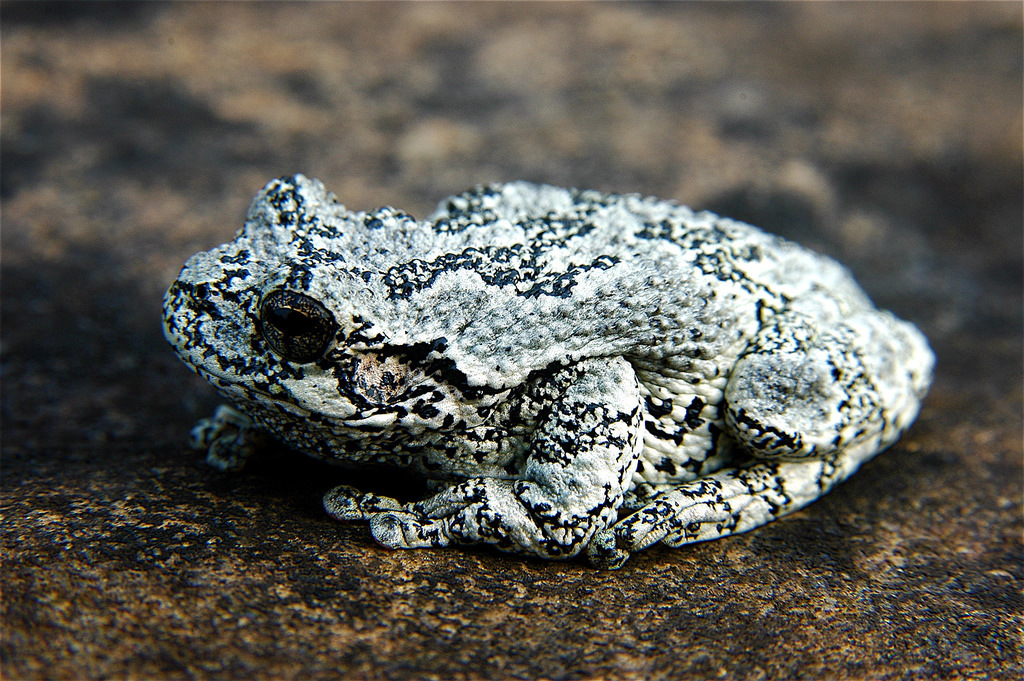
Spring Peeper
Has a distinct “X”-shaped mark along its back and has rounded toe pads.
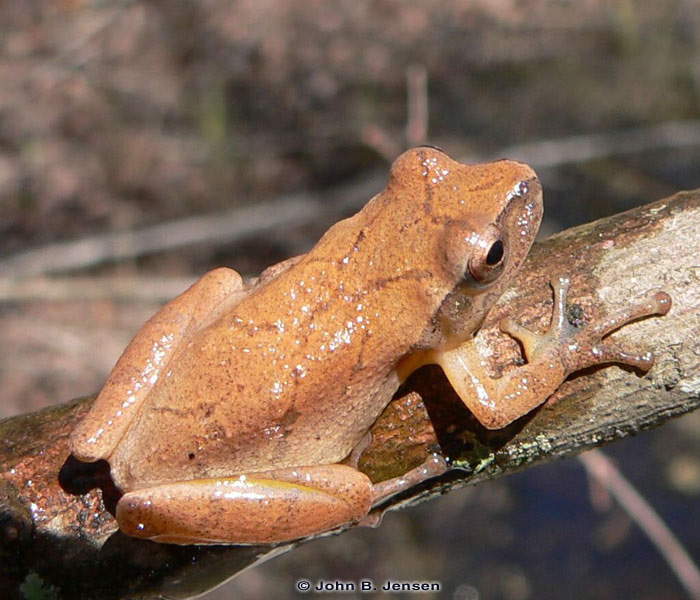
Pickerel Frog
Brown coloration that sets it apart from the leopard frog. Two rows of squarish spots on the back. Stripes on the legs.
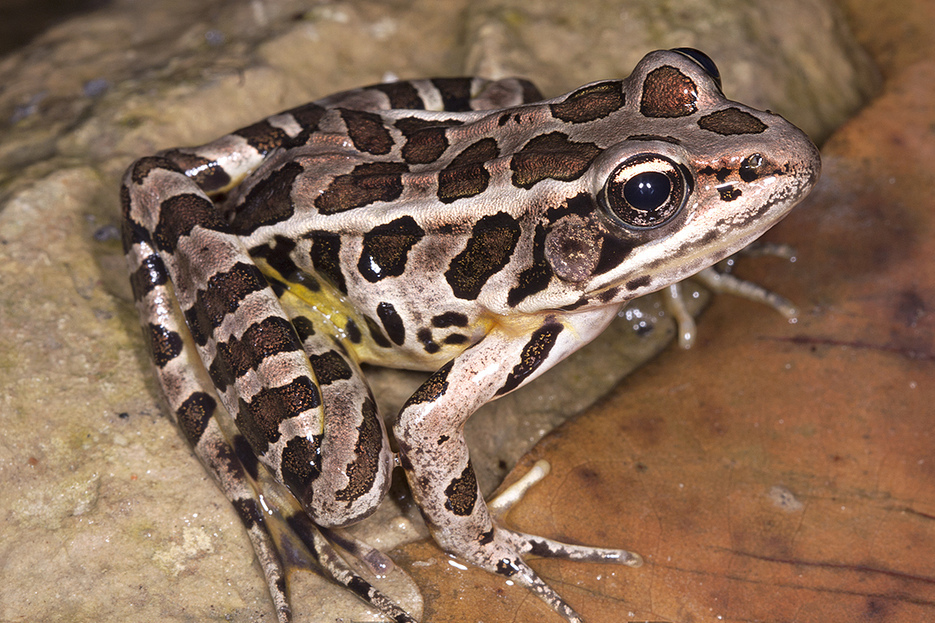
Blanchard’s Cricket Frog
Has dark stripes along the legs, the upper jaw is longer than the lower jaw, and the toe disks are not wider than the toes themselves.
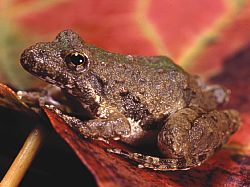
Leopard Frog
Leopard-like spots on back, sides, and legs.
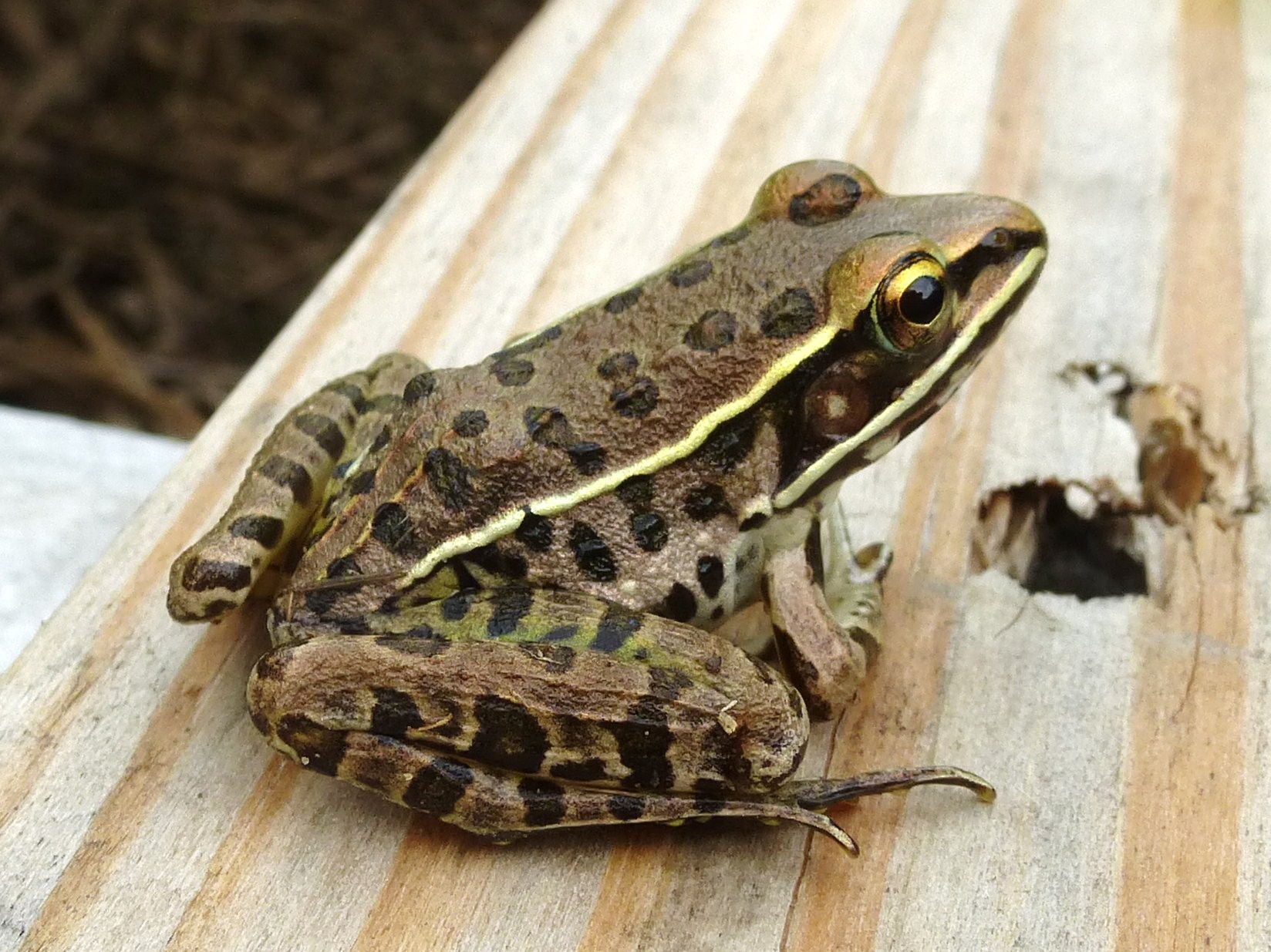
American Bullfrog
Large size, speckled belly pattern, and large, protruding eyes.
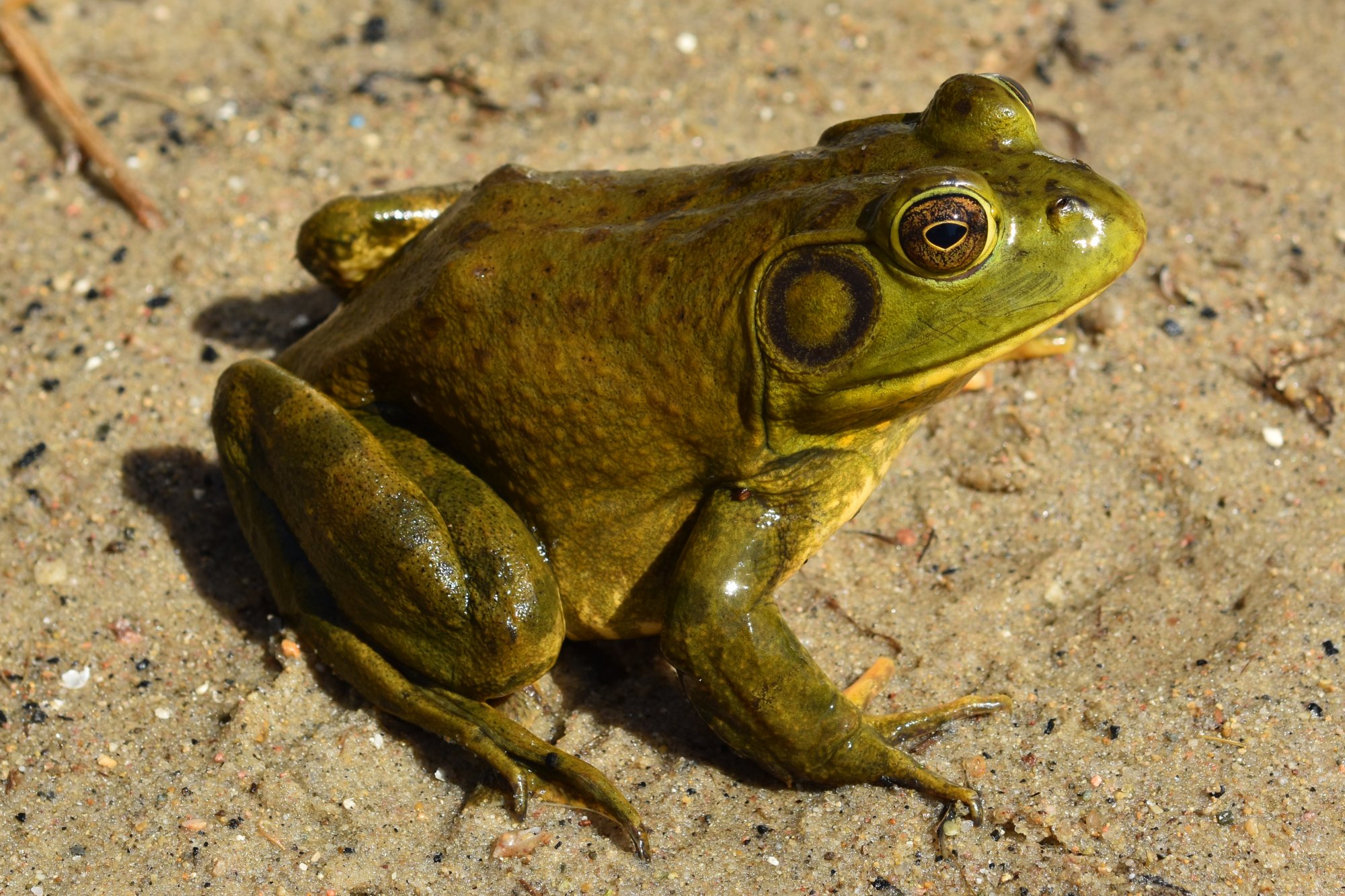
American Toad
Prominent cranial crests, enlarged tibial warts, short legs, warty skin.
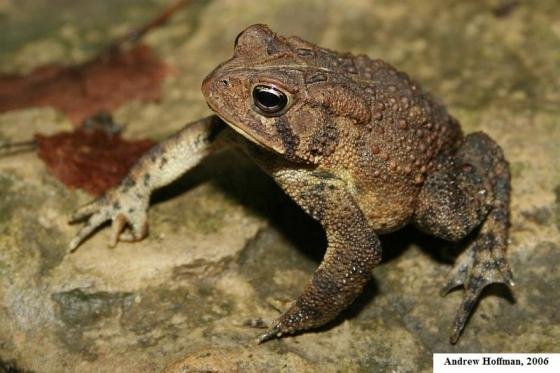
Eastern Spadefoot
Has a structure on the back of his hind legs specifically used for digging, actively displayed digging behavior, and has a vertical pupil.
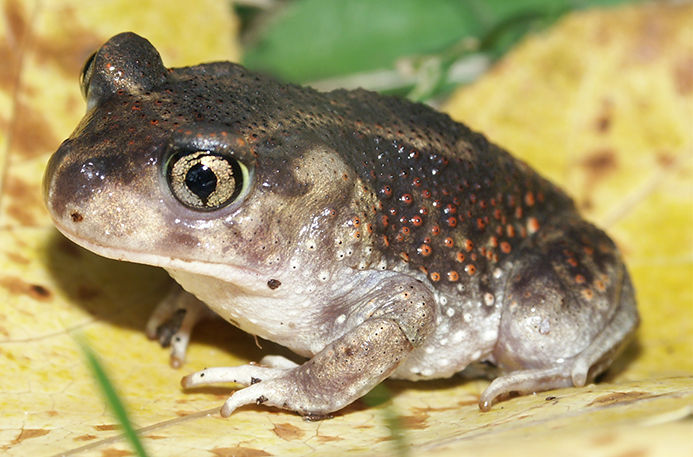
Dekay’s Brown Snake
Has two rows of dark spots running along its brown-colored back.
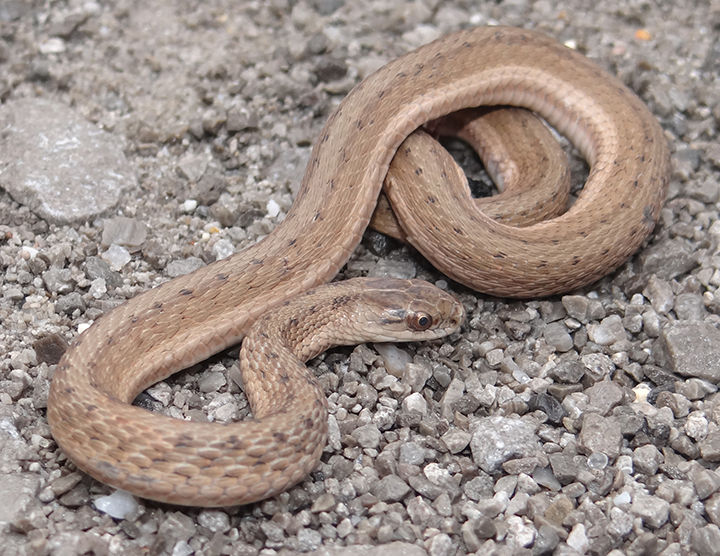
Common Garter Snake
Has a pattern of yellow stripes on a black-green body coloration.
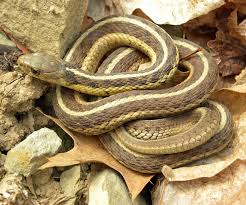
Kirtland’s Snake
Has a bright red underbelly with a row of black spots on either side.
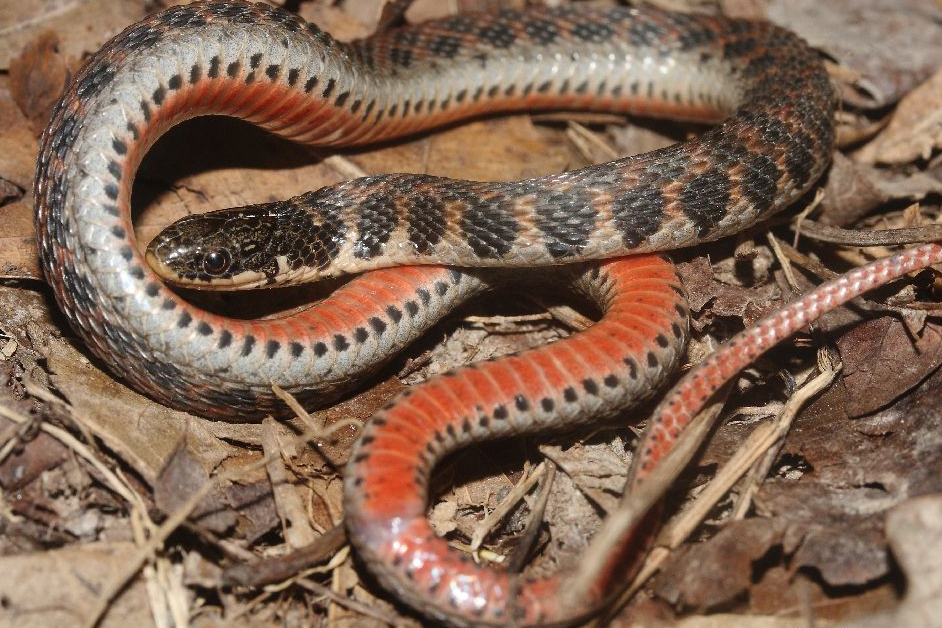
North American Racer
Has a uniform dark gray to black coloration.
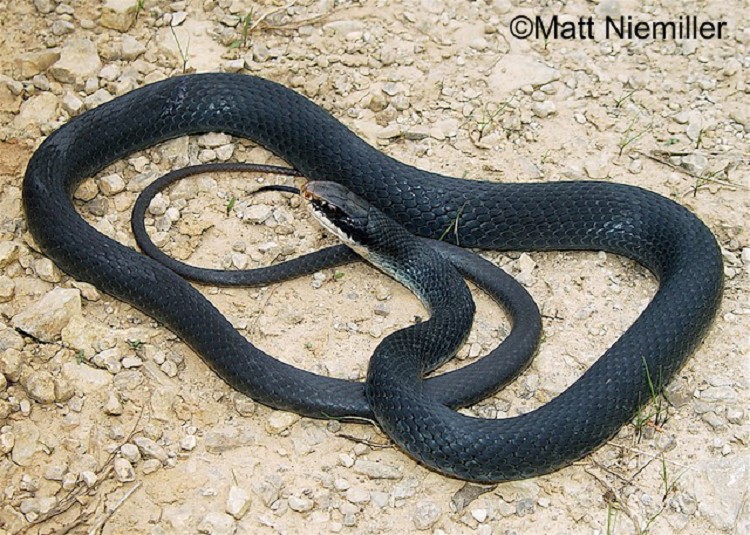
Ring-necked Snake
Has a yellow-colored band around its neck near its head.
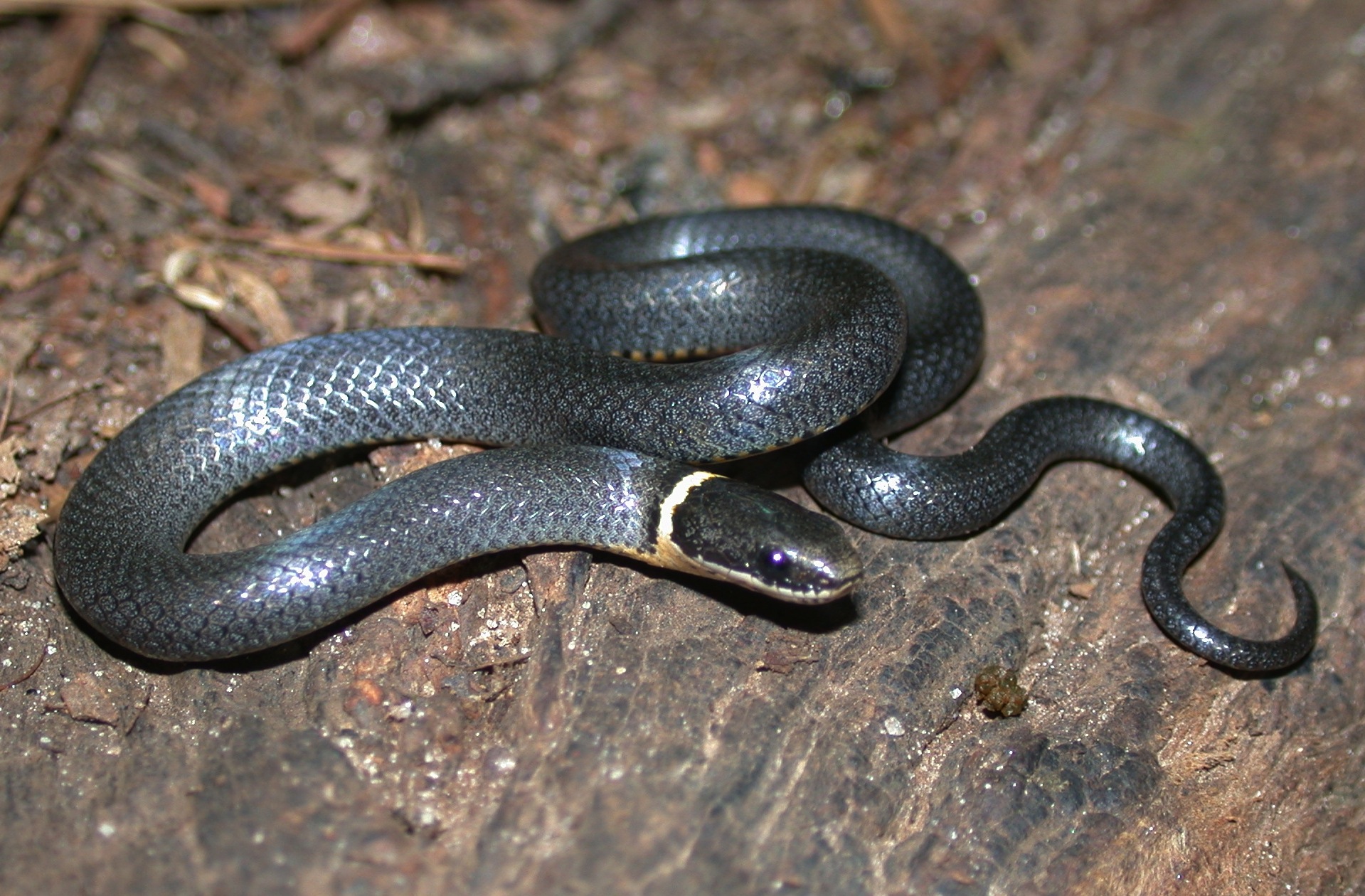
Queensnake
Has a long, yellow-colored stripe running along the length of its body near the base of each of its sides and brown stripes along the underbelly.
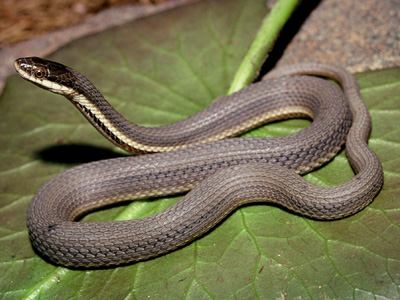
Eastern Milk Snake
Has a checkered pattern on its underbelly and V-shaped blotch at the base of its neck.
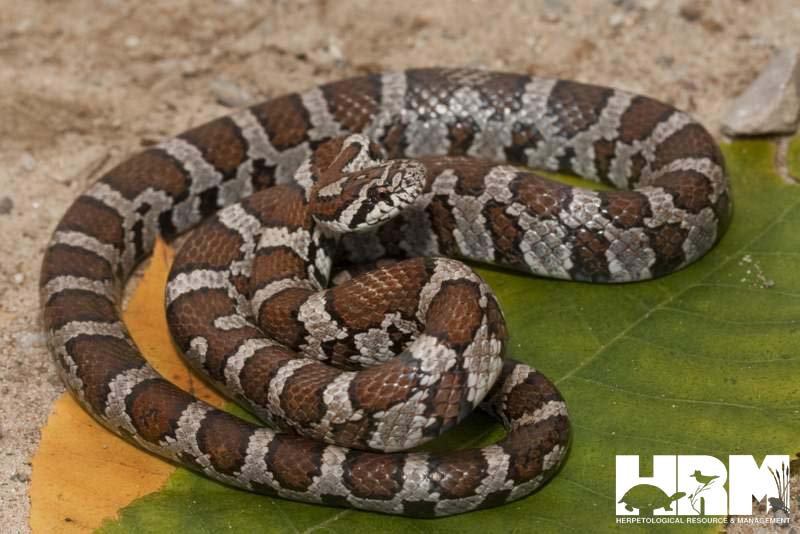
Common Watersnake
Variable in pattern and color. Usually have brown, black, or gray backs with red or light brown spots or bands.
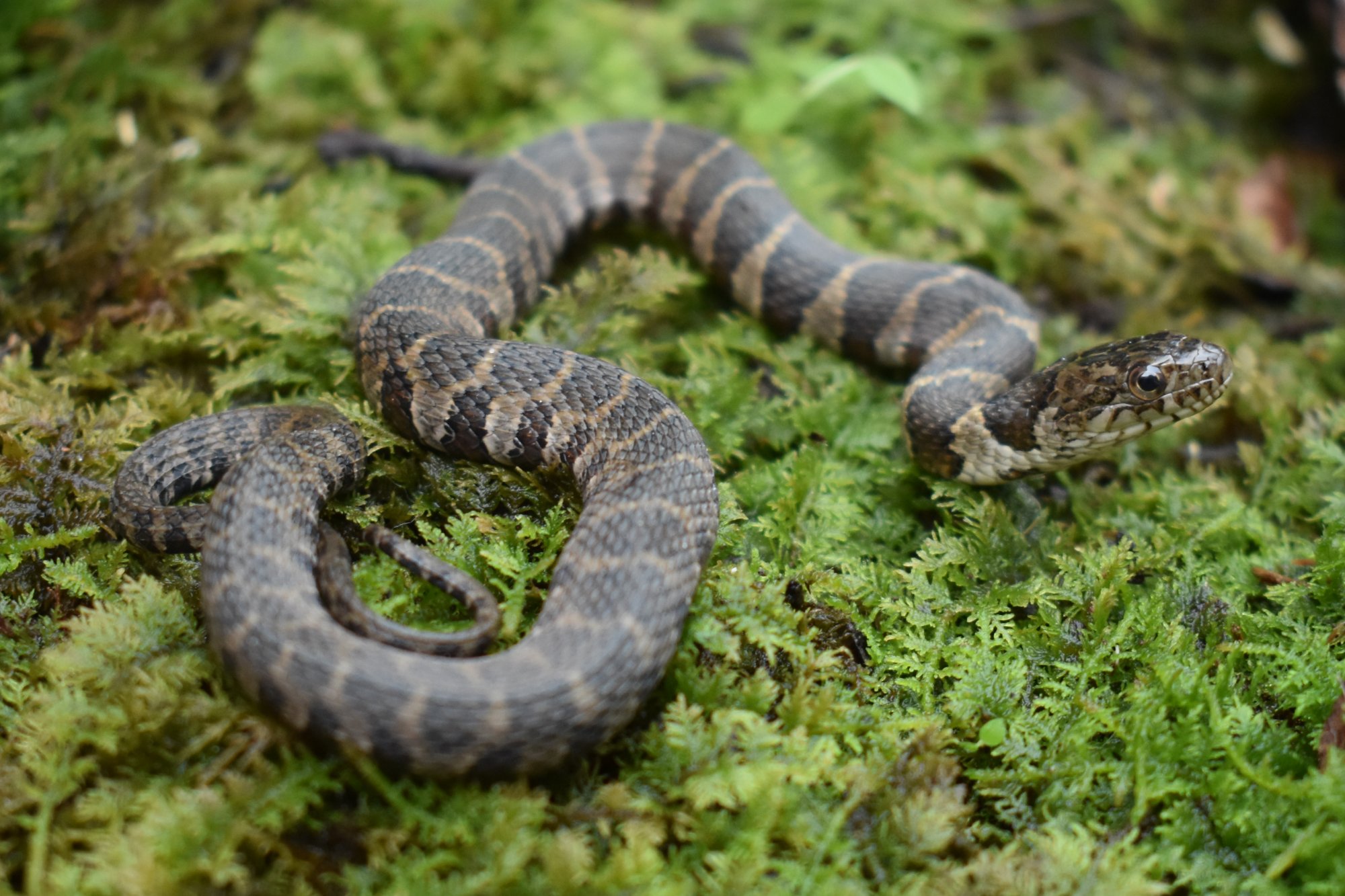
Gray Ratsnake
Have a colored dorsal pattern that appears on the skin between the scales.
